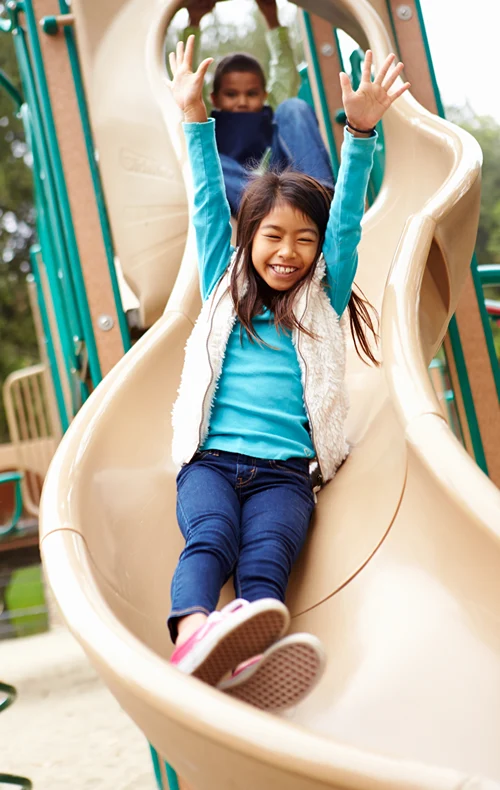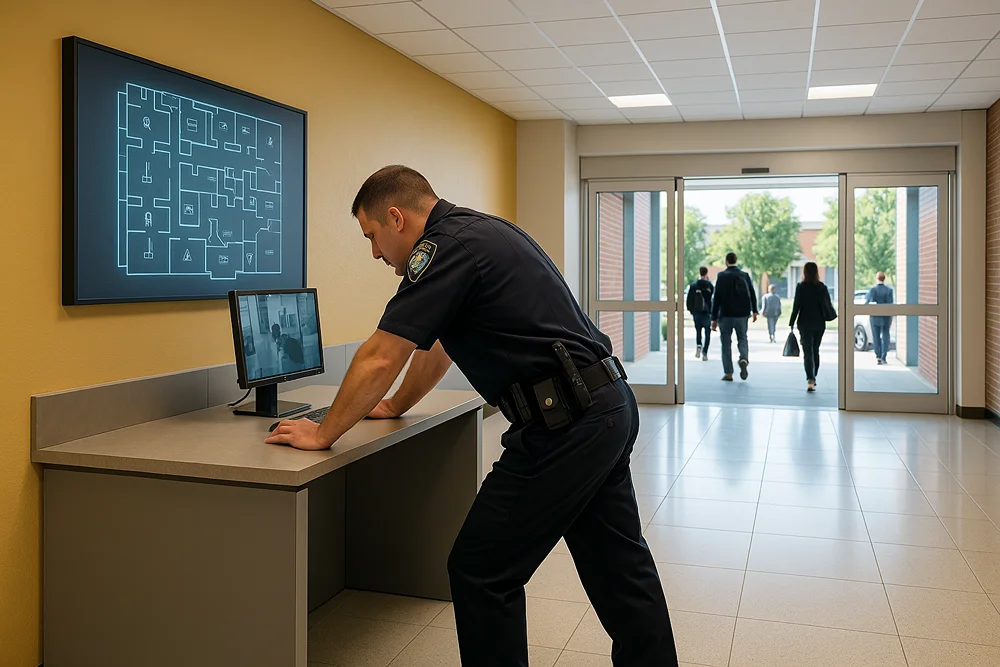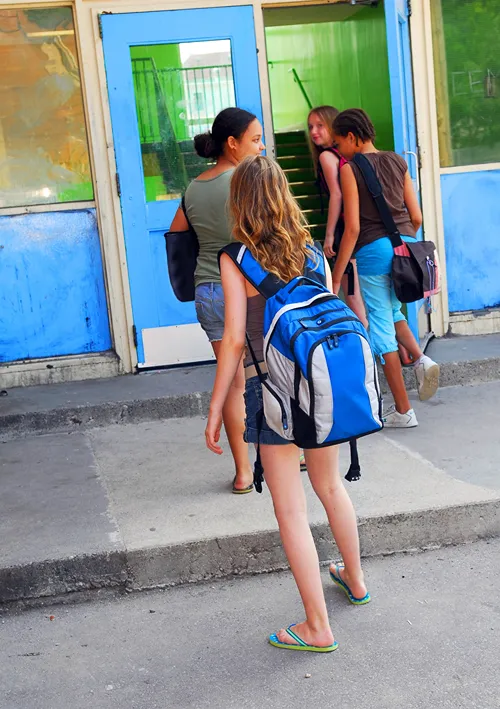Trends in Playground Design: What Schools and Parks Need to Know
Like most things in life, playgrounds are evolving. Simple, wooden equipment with swings, slides, and seesaws were once viewed as modern. But today, things are changing! New modalities of play combined with innovative technology and updated safety and inclusivity measures are revamping playgrounds for the better.
Below are some of today’s top trends in playground design and a few pointers that schools and parks need to know.
1. Eco-Friendly Design
Contractors and builders today are being tasked to create more sustainable, eco-friendly structures. The same is true for playgrounds! By using recycled materials, playground developers can build a structure out of older materials, which helps reduce waste and save resources. For instance, recycled rubber from old tires can be used as soft surface materials for playgrounds. Reclaimed wood can also be used to build benches or climbing walls.
Another way to create an eco-friendly playground is to use biodegradable materials. These materials naturally break down over time, so they don’t harm the environment. Wood, rubber, pea gravel, and engineered wood fiber are all biodegradable materials.
Schools and parks looking to build an eco-friendly playground should think about all the materials being used as well as what energy will go into building the playground. This starts with looking for an open area and evaluating topography elements, including soil quality and drainage. Select the materials mentioned that won’t pose any harm to the environment. Also, consider keeping any natural elements, such as logs and boulders, as long as they don’t pose any harm or threat to little ones. Adding in plants natural to the habitat can enhance the experience as well as provide sensory stimulation and create educational opportunities.
2. Safety Enhancements
Play is all fun and games until someone gets hurt. Thankfully, new developments are ensuring that kids are enjoying themselves without risking their safety. Safety measures literally start from the ground up. Playground surfacing is now designed to absorb impact and lessen the chance of serious injuries from falls. Rubber surfacing is a great choice that many parks and schools select because of its absorption qualities. Synthetic turf can also be a great option that mimics the look of real grass. If you’re located in a super dry environment, turf can be a good option that doesn’t require any watering!
In terms of the equipment itself, any elevated surfaces, such as ramps or platforms, should have railings to prevent falls. Any hardware like hooks or bolt ends should have an endcap to minimize risks as well. Also, soft surfacing should extend beyond swing sets to meet twice the height of the suspending bar.
Park and school officials should check playground equipment regularly, looking for hazards like rusted or corroded equipment and other dangers. Scheduling maintenance checks every quarter at the very least will help ensure the play space is a safe space for all children.
3. Sensory Experiences
Playing with others is a great way for children to gain social and motor skills, but so is sensory play. Sensory-based activities help little ones with brain development and can be a more engaging way to learn and explore. Playgrounds that incorporate sensory experiences stimulate a child’s different senses while promoting play.
Adding in a musical instrument zone, for instance, can entice children to explore different sounds and rhythms. Incorporating a textural sensory garden rich in colors and scents can engage children’s senses of sight, touch, and smell. Including different textures in the form of grass, sand, rubber, wood, and metal is another way to activate the senses.
If a neighborhood or city park decides to add in a water element, it can be nice to have a nearby changing station or restroom. Parents will appreciate having a dedicated space to either put a swimsuit on a child or remove it after play!
4. Inclusive Design
More and more playgrounds are becoming accessible destinations for all children, regardless of physical abilities. Adding in ramps and wider paths, for example, can help ensure kids with wheelchairs are able to move around freely. Adding ground-level play structures, such as a musical instrument wall or gliders and rockers, are good options for those unable to climb steep equipment. Also, think about children who are unable to kneel or squat. A standing sandbox, as opposed to a ground-level one, can be an option for them.
It’s also important to think about noise levels. While many children will take part in screaming and yelling at a park, it can be a sensory overload for those with more sensitive needs. Establishing a “quiet zone” for these children to take a pause and escape from the chaos can be a welcome respite. A garden area on the outskirts of the park with benches and flowers can be the reprieve they need before going back and engaging with the other children.
In today’s world, parks and schools should be focused on creating an inclusive design from the very beginning. Thinking about all children’s ability levels shows that you are considering everyone’s needs. A school-wide or city-wide survey can help developers best understand what is on the minds of parents today. These suggestions will only improve the playground, ensuring that everyone feels welcome and invited to play.











